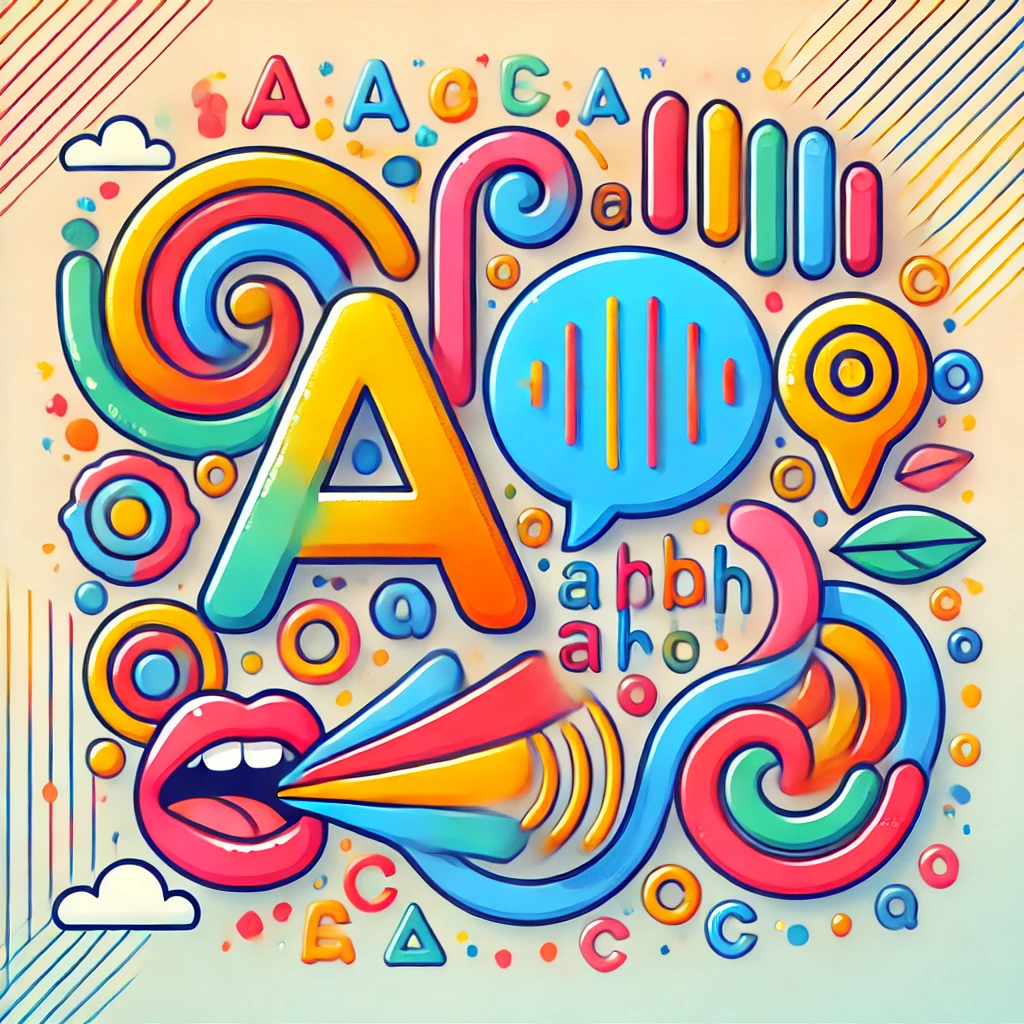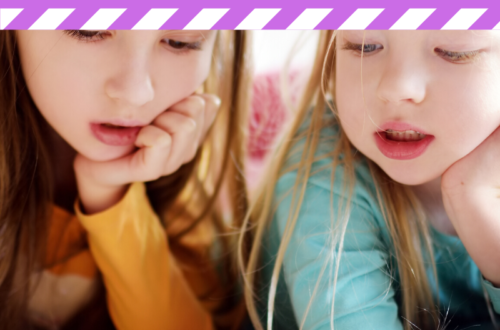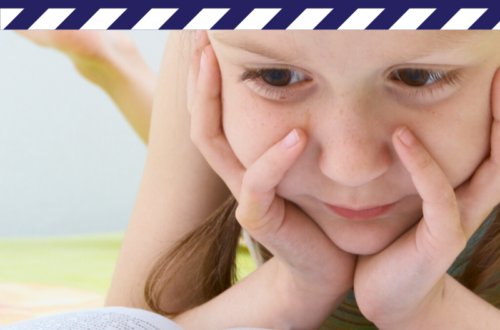October is Dyslexia Awareness Month, a time to focus on supporting children with dyslexia in their literacy development. One of the foundational concepts children need to grasp is the difference between letters and sounds, which can be challenging but is essential for reading and spelling success.
Watch: Letters and Sounds – What’s the Difference?
In this video, I’ll walk you through a simple, hands-on activity I use with children in my clinic to help them understand the difference between letters and sounds. It’s a fun and effective way to teach this critical distinction.
Why Is Understanding the Difference Between Letters and Sounds So Important?
Many children with dyslexia are not explicitly taught how letters and sounds differ, making it difficult to grasp how their relationship impacts reading and spelling. This confusion often leads to struggles with literacy. Here’s a quick breakdown:
- Letters are symbols we see and write.
- Sounds are the tiny speech units in words that we say and hear.
Understanding this distinction is crucial for children to progress in reading and spelling, as it helps them connect the letters they see on the page to the sounds they need to produce.
Try This Activity: Helping Your Child Understand Letters and Sounds
In the video, I demonstrate a simple activity you can do at home with your child. Here’s how it works:
- Draw a Line on a Paper: Label one side “Letters” and the other “Sounds.”
- Ask the Child What They Know About Letters and Sounds: This will help you build on what they already know.
- Identify a Sound: Start by making a sound, like the short vowel ‘a’, and ask your child, “Is that a letter or a sound?” Help the child discover that they are making the sound, not the letter, when they say the short vowel ‘a’ sound. Then, direct them to draw a mouth on the “Sounds” side because sounds are things we say.
- Ask Them if They Can See or Hear the Short Vowel ‘a’ Sound When You Make It Again: We want them to discover that sounds are also things we hear. Then, direct them to draw an ear on the “Sounds” side.
- Write a Letter: Next, write a letter like “a” and ask, “Is this a letter or a sound?” When your child says it’s a letter, ask them if they are seeing the letter or hearing the letter. Once they discover that letters are things we see, have them draw an eye on the “Letters” side of the paper.
- Have Them Write a Letter (Any Letter): Ask them if they made the letter with their hand or with their mouth. We want them to discover that letters are things we write. Then, have them draw a hand on the “Letters” side of the page.
- Give More Examples: Continue the activity by giving different examples of letters and sounds, then ask the child to identify each as either a letter (because they can see and write it) or a sound (because they can say and hear it).
This visual activity helps children solidify the difference between letters and sounds, which is key to their literacy development.
Boost Your Child’s Literacy Journey
Understanding letters and sounds is the first step. At Days with Dyslexia, we offer specialized programs to help children with dyslexia progress further in their literacy development:
- Spelling Solutions VIP Program: Get personalized, data-driven spelling assessments and recommendations.
- Head-to-Hand Writing Program: This unique program is designed to strengthen the connection between a child’s brain and their physical writing skills, helping them improve their handwriting and written expression—crucial for children with dyslexia and dysgraphia who often struggle with writing fluency.
Keep Learning and Growing
As you work with your child on understanding letters and sounds, remember that literacy development takes time. If you have any questions, I’m here to help! Don’t forget to join our Facebook page with more free parent trainings. You can ask questions and get advice on supporting your child’s unique learning needs.



